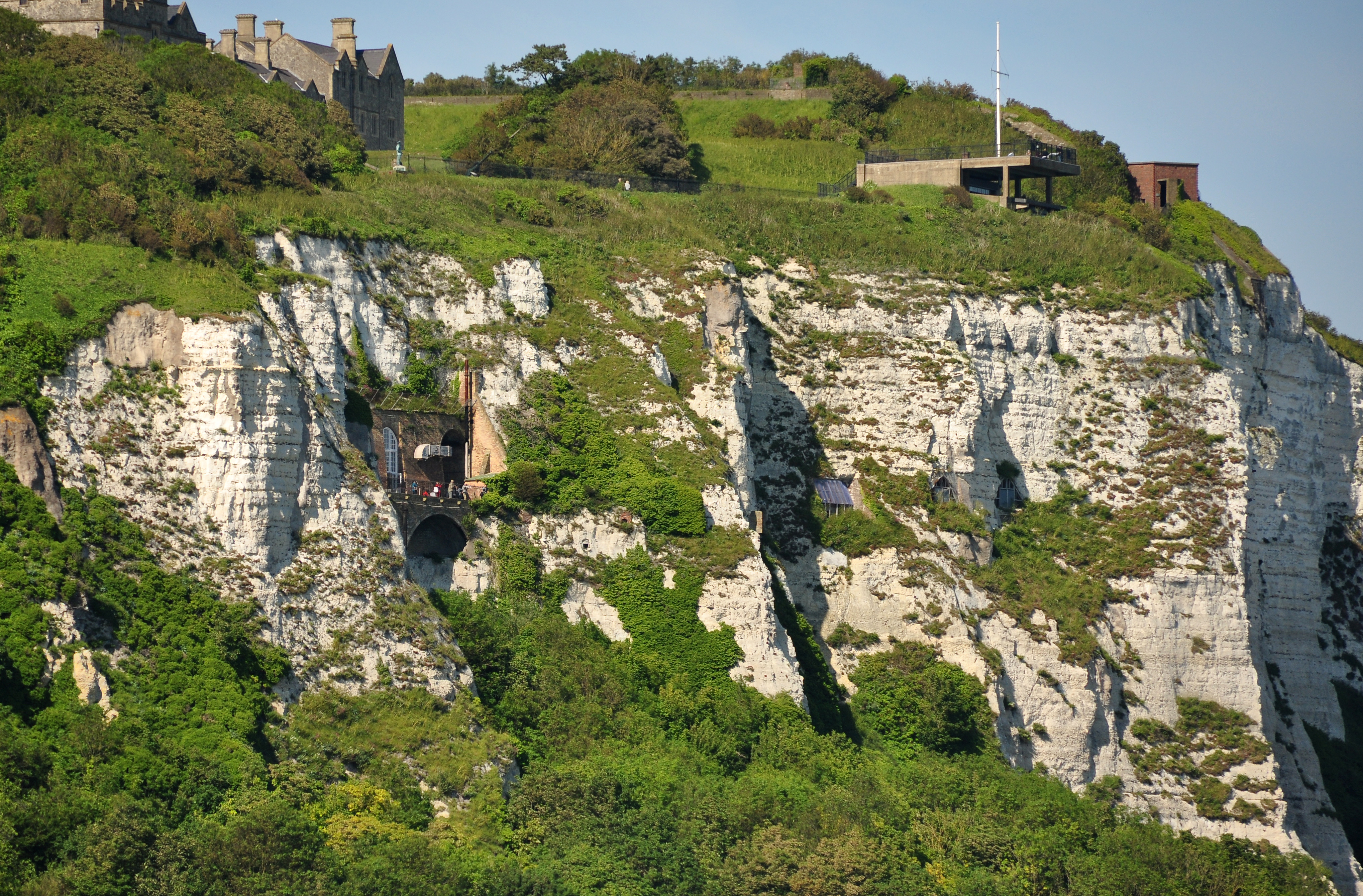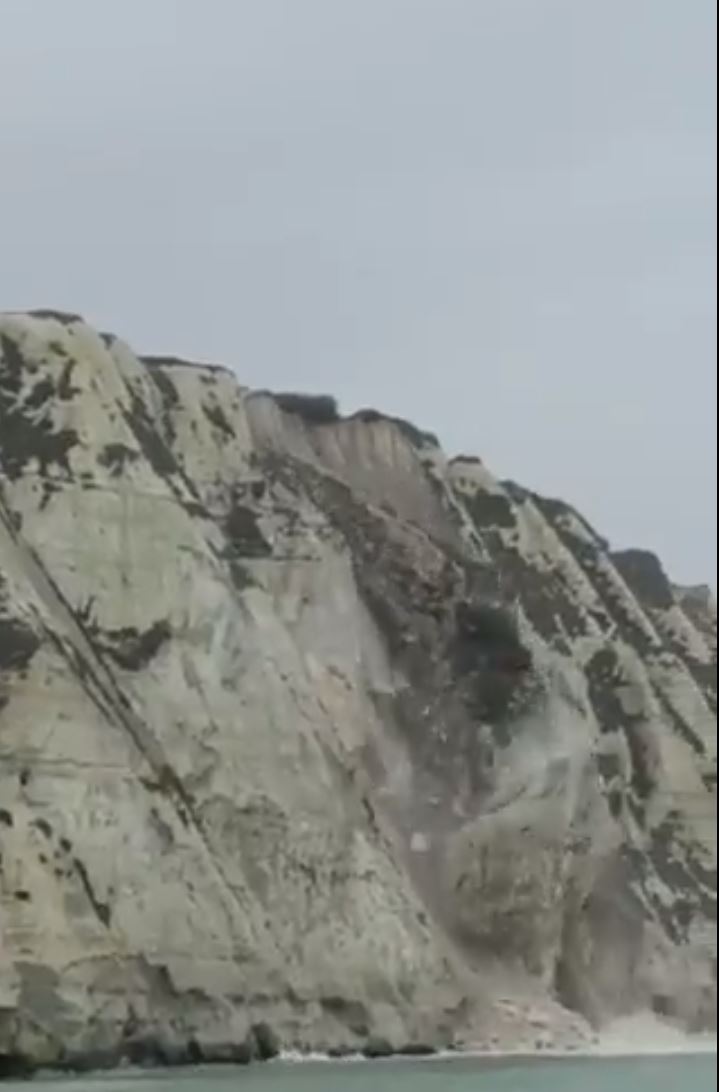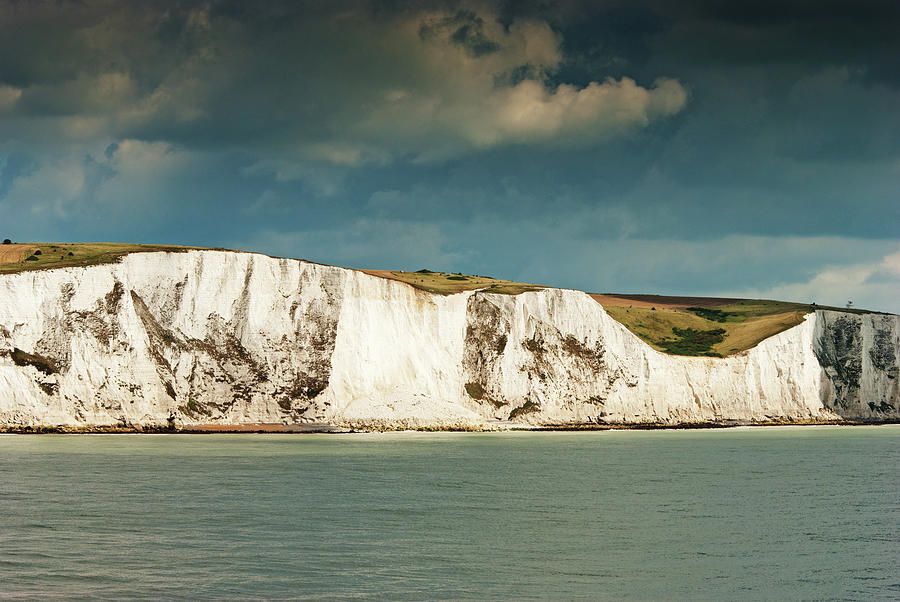
And it’s the same with the Cliffs of Dover.
#White cliffs of dover geology movie
Visiting a location which has been mentioned in a literary work or a movie gives you a special way to experience a place. Their mission is to keep the coarse grasses, bushes, and trees at bay so that the chalk grassland of the cliffs can thrive. But they’re here not just for our pleasure and photobombing opportunities. Two herds of hardy Exmoor ponies were introduced here almost 20 years ago. This is the cutest reason to visit the White Cliffs of Dover. Who doesn’t love ponies? These slightly chubby-looking creatures with short legs put a smile on everyone’s face. Try to ponder over these turbulent moments and heroic people connected to this place when you stare over the English Channel towards France. And Preussen, a German vessel wrecked here in 1910. The SS Falcon which caught fire and ran aground in 1926. When you’re standing on the edge of the coastline, you can spot two shipwrecks at the base of the cliffs. It was a heroic feat of the Royal Navy and private boat owners who ferried the troops to safety from France. This evacuation, called ‘Operation Dynamo’, was one of the most astonishing actions of WW2. The White Cliffs of Dover where the reassuring sight and symbol of the United Kingdom to the British and French troops evacuated from dangerous beaches of Dunkirk. The cliffs were also the location of the mighty gun batteries ‘Winnie’ and ‘Pooh’. It was here where two sound mirrors, designed to hear the enemy aircraft, were installed. You would hear that as a significant part of the defence system, they were on the frontline in the WW1 and WW2. They would tell you about the fear of Napoleon’s invasion and British reinforcements, and the secret underground tunnels at Dover Castle. They would speak of Julius Caesar who crossed the English Channel with his unsuccessful Roman invasion.

If they could speak, they would regale you with incredible stories. Standing tall as guardians of the island, the White Cliffs of Dover witnessed many dramatic moments in English history. It’s thought that they grew at a ‘staggering’ speed of half a millimetre a year! That makes geology much more interesting, doesn’t it? If you think how minuscule these algae are, you won’t be surprised that it took millions of years to create these spectacular cliffs. Together with the remains of other creatures, they formed layers of chalk.

When they died, their minute bodies sank to the bottom of the ocean. These tiny planktonic green algae once floated in the sea.

It may be hard to believe, but this stretch of coastline is made of chalk.Ĭhalk is a soft white, finely grained limestone made of the remains of coccoliths. There aren't many places in the world where you can see white cliffs. Well, that's just the start of it, here's four reasons why you should visit the White Cliffs of Dover. It already sounds pretty grand, doesn’t it? This stunning coastline has been saying ‘farewell’ and ‘hello' to thousands of people crossing the English Channel for centuries. Their dazzling white chalk faces, sharp edges reaching 350 feet (110 meters) above the sea level, and layers of wild, lush grass are simply stunning.īut it’s not only the beauty they’re praised for. There's a reason why the White Cliffs of Dover are an official icon of Britain.


 0 kommentar(er)
0 kommentar(er)
